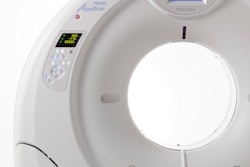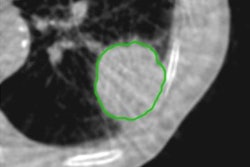Dear CT Insider,
New analysis of CT productivity at a large university hospital contains some important, practical messages for everybody involved in the modality.
The research showed that throughput was extremely low on two scanners during the first hour of each working day and also throughout the day on Fridays. Simple and relatively cheap changes have improved the situation and boosted productivity. To find out more, click here.
A team from Oxford, U.K., has developed a CT technique that can measure blood vessel inflammation, allowing doctors to identify and treat patients at risk for cardiovascular disease. If further studies confirm the prognostic value of the method, called the fat attenuation index, the metric could transform risk stratification and clinical management for heart disease. Click here for the full story.
Meanwhile, Dutch investigators have outlined how a CT-based prognostic radiomic signature for non-small cell lung cancer can be ported for use with cone-beam CT images. Radiomics -- the analysis of quantitative features extracted from medical images -- has the potential to shed light on how patients respond to treatment and their likelihood of developing side effects, they explained. Get the details here.
To maintain the dignity and sacredness of a dead body, most members of the predominantly Muslim Libyan communities in Libya and the U.K. prefer CT over autopsy due to its noninvasiveness. The findings were presented at the U.K. Radiological Conference, held last month in Manchester. Click here to learn more.
Also, Egypt has unveiled the first national diagnostic reference levels for CT, but senior radiologists believe there's still scope for improvement when it comes to radiation dose. For our article, click here.
This letter features only a few of the many articles posted over recent weeks in the CT Community -- you'll find many more stories by looking over the links below.




















